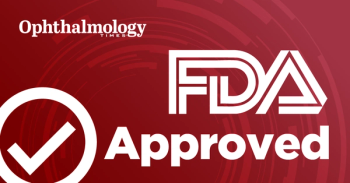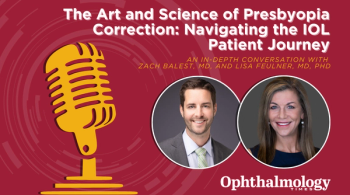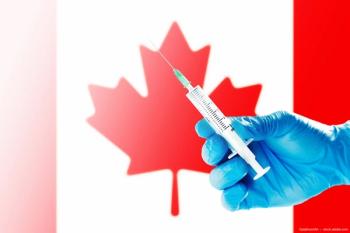
iOpeners: Joseph Coney, MD, champions ophthalmic advocacy with Nicole Bajic, MD

Their discussion sheds light on the importance of physician advocacy in ophthalmology—from shaping policy and protecting patients to building community.
In this latest episode of “iOpeners” from Ophthalmology Times, host Nicole Bajic, MD, comprehensive ophthalmologist at the Cole Eye Institute, Cleveland Clinic, sits down with Joseph Coney, MD, a vitreoretinal surgeon at Retina Associates of Cleveland. Coney also serves on the Executive Board of the Ohio Ophthalmological Society, where he is a past president. He is also a current counselor for Ohio. Together, they explore the vital role of advocacy in ophthalmology — why it matters, how to get involved, and the personal and professional rewards that come with it.
Coney noted that advocacy is an essential component of patient care and the broader health system, though it is often overlooked during training. “When I first got involved in advocacy, I really didn't know what advocacy really was because it wasn't part of my normal curriculum when I was in training,” he explained, highlighting that early exposure can be transformative.
He described his first significant engagement in advocacy through the Academy’s leadership development program, participating in the AAO’s Day on the Hill to discuss issues affecting ophthalmologists. He noted that his initial motivation stemmed from a desire to better understand the challenges facing the subspecialty and the patients who rely on their expertise. These issues range from scope-of-practice debates to access to care for veterans and the broader community. “There are so many things in the system which I thought were so important and so vital,” he said, underscoring the impact that physician advocacy can have on both colleagues and patients.
For ophthalmologists looking to engage, Coney emphasized practical starting points. Participation can begin locally through state or specialty societies, many of which host advocacy days. “Part of the hardest part is just really showing up. And once you show up, you'll see all the love, all the energy,” he said, highlighting the motivational and community-building aspects of advocacy. He also stressed that involvement provides a deeper understanding of health policy and regulatory landscapes affecting patient care.
Beyond influencing legislation, Coney noted less obvious benefits of advocacy, including injury prevention and public health initiatives. He cited examples such as educating lawmakers about fireworks safety and vocational eye protection for workers, particularly in Northeast Ohio. “These are things that you may not really think of, but I think they're really important in saving the quality of individuals' lives,” he explained. Such efforts illustrate how advocacy extends beyond policy into tangible improvements in patient safety and outcomes.
Networking emerged as another unexpected benefit. Coney recounted how advocacy accelerated his professional growth by connecting him with leaders in ophthalmology and even local legislators. These relationships, built on trust and goodwill, facilitate dialogue that can influence policy more effectively than passive observation alone. “So trust in these relationships, I think, is really critical,” he emphasized.
Coney also addressed skepticism among physicians regarding advocacy, particularly in the context of declining reimbursements and budget constraints. He encouraged persistence and patient-centered focus: “What drives us are the patients that we care for. If you always are patient-centric, I think you're always going to find gratification in the things that you really love to do.” He highlighted successes in advocacy, including legislative changes that improve access to medications and care, illustrating that even modest engagement can yield meaningful outcomes.
Finally, Coney reminded listeners that advocacy can take many forms. Direct participation is valuable, but financial support and encouragement of others’ involvement are also crucial. “I'm not the one keeping the country safe, but I'll be happy to donate to those individuals and to support those individuals in other financial ways,” he said, likening advocacy to a collective effort akin to military service.
Participation, even in small ways, strengthens the specialty’s voice and ensures that ophthalmologists remain integral to shaping health policy and patient safety initiatives, he noted.
Newsletter
Don’t miss out—get Ophthalmology Times updates on the latest clinical advancements and expert interviews, straight to your inbox.


















































.png)


